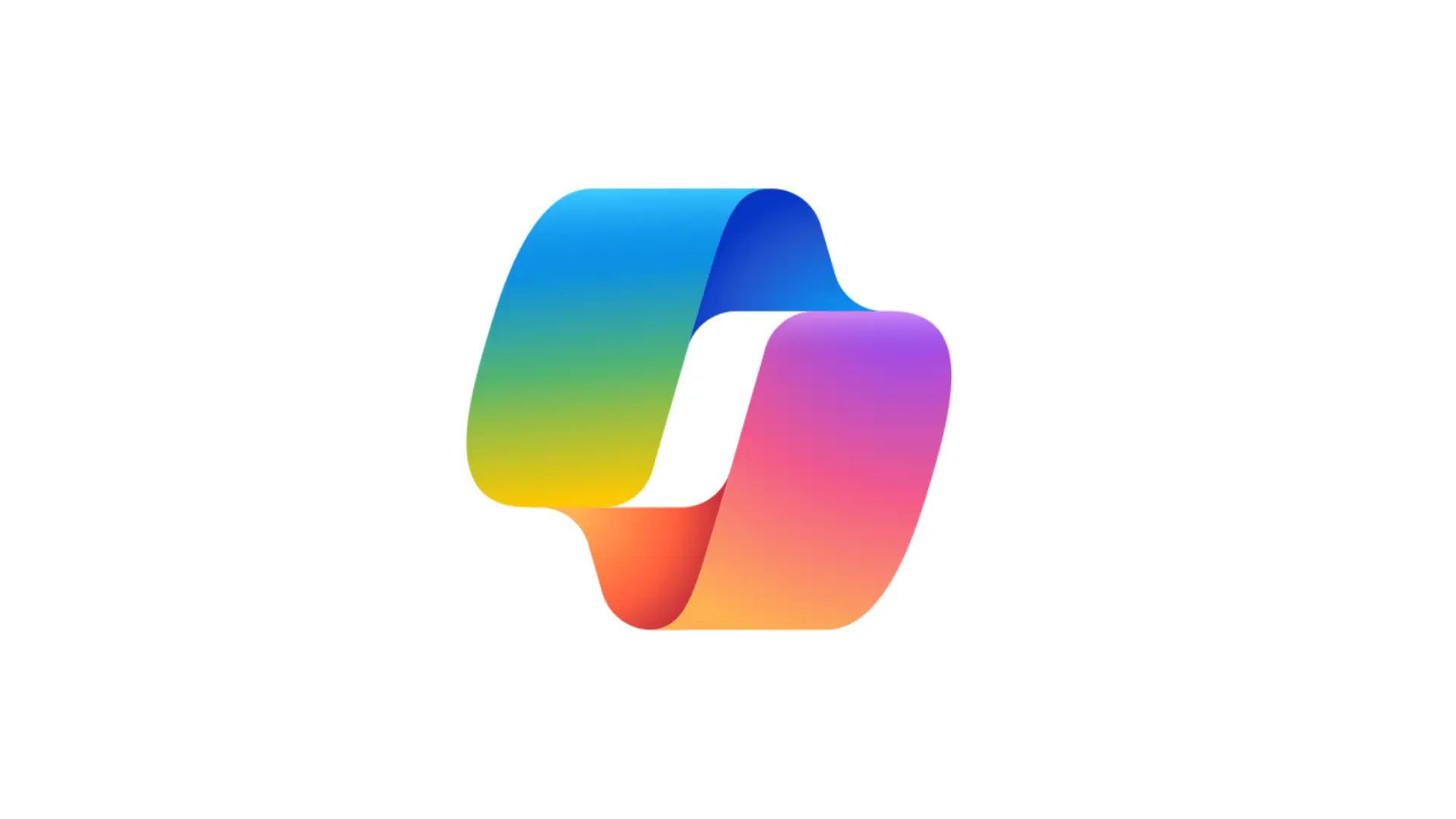As AI continues to grow in importance, Microsoft offers a range of tools to help build AI agents. If you’re like me, navigating the sea of options can feel overwhelming. In this post, I’ll walk you through the different tools available for building AI agents on the Microsoft platform and share my thoughts on which might be best suited for different situations based on my experience.
Understanding AI Agents in Microsoft’s Ecosystem
The first step is deciding what kind of agent you want to build. Broadly speaking, Microsoft provides two main paths:
- Microsoft 365 Copilot Extensions: These are agents that extend Microsoft 365 services like Word, Excel, and Teams. If you’re looking to build AI functionality within your organization, this is an ideal option. Microsoft 365 Copilot, powered by GPT-4, allows you to create agents that can automate tasks, generate reports, and even interact with users through the familiar Microsoft interface. It’s a paid solution at $30 per user per month, but the ease of integrating it with existing tools makes it worthwhile for businesses aiming to enhance productivity.
- Standalone Custom AI Agents: Sometimes, you need more flexibility. If you want to build an AI agent that operates independently of Microsoft 365, such as customer-facing bots or custom solutions for your organization, standalone agents might be the way to go. These agents aren’t tied to your Microsoft 365 environment and offer more freedom in terms of what they can do.
Picking the Right Tool: Skill Levels and Needs
When deciding which tool to use, consider the skill levels of your team and the complexity of the solution you want to build. Here’s a breakdown based on my experience:
- Agent Builder: Perfect for end-users and business users. This is for people who may not have a coding background but are comfortable with setting up automations, like creating rules in Outlook or using Excel macros. You can create agents using natural language, which makes it easy for those who are less technical.
- Copilot Studio: If you’re a low-code developer, this is where you’ll shine. Copilot Studio allows you to leverage Microsoft’s Power Platform, using drag-and-drop interfaces to build more complex AI agents without needing to write extensive code. I’ve found it particularly useful for automating workflows and integrating with various data sources like SharePoint.
- Code-First Solutions: For developers who want complete control, this is your go-to. By diving into tools like Azure and Microsoft’s large language models, you can create highly customized AI agents that can handle complex tasks, have full access to enterprise data, and be tailored for specific user experiences.
Control vs. Speed: What’s Your Priority?
One thing I’ve learned is that the level of control you want over your AI agent correlates with the effort required to build it. For example:
- Extending Microsoft 365 Copilot: This is the fastest way to get an AI agent up and running because Microsoft handles most of the complex backend work, such as decision-making and conversation flow. However, you’ll have less control over the agent’s behavior, and it’s only usable within your organization.
- Standalone Custom Agents: If you need full control over the AI model, user experience, and integration with external systems, going the custom route through Azure or other code-first tools is the better option. It requires more time and technical expertise, but the payoff is flexibility and precision.
Real-World Use Cases: What’s Best for You?
Here’s how I like to think about it:
- If you’re aiming to improve internal productivity say, automating HR queries or helping employees with common tasks Microsoft 365 Copilot is your best bet. It’s user-friendly, integrates seamlessly with Microsoft tools, and is a quick way to implement AI.
- If you’re working on a customer-facing project, like a chatbot for your website, or need to integrate with non-Microsoft services, Standalone AI agents built using Azure will give you the control you need. You can develop highly specialized models and deploy them across various channels.
Final Thoughts
There’s no one-size-fits-all approach to building AI agents. Whether you’re a business user looking for quick wins with Microsoft 365 Copilot or a developer aiming to build a custom AI solution, Microsoft has tools that cater to every skill level. In my experience, starting with the tool that matches your immediate needs and skill set is the best way to ensure success. From there, you can always scale up in complexity as your confidence and requirements grow.
If you’ve got any questions or need more insight into specific tools, feel free to reach out I’d be happy to share more from my journey.





